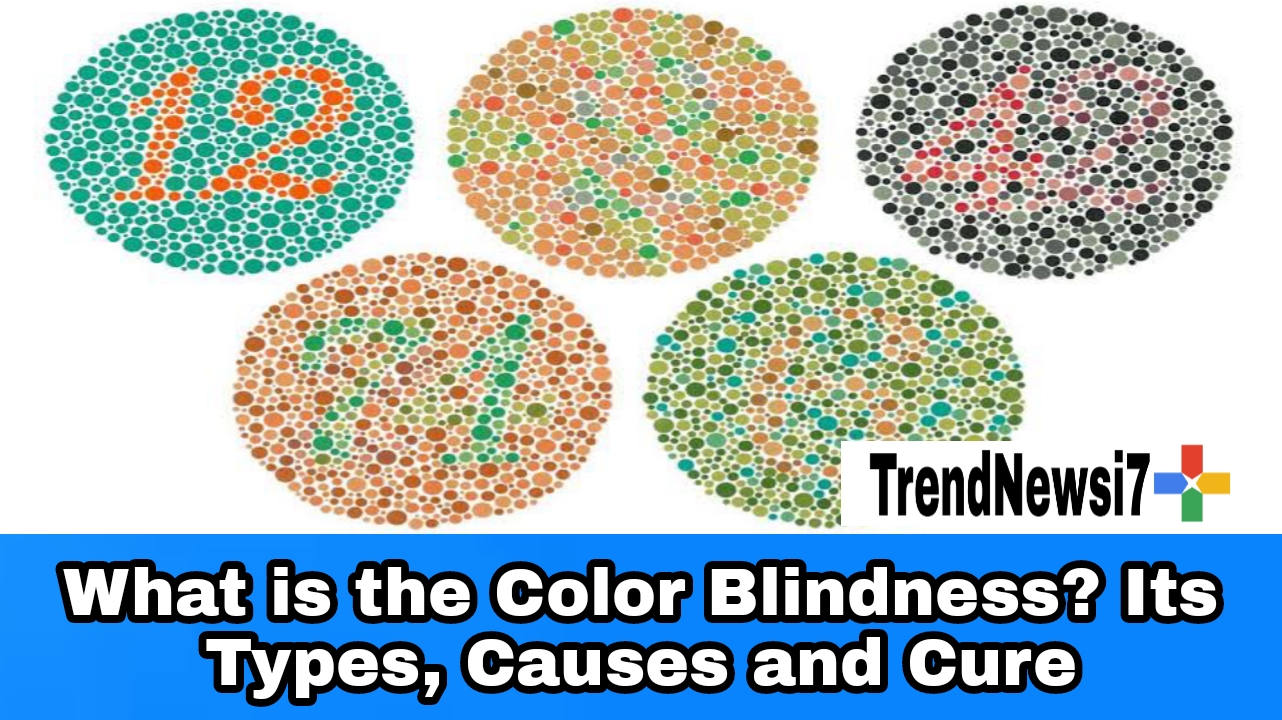What is the Color Blindness?
Visual impairment happens when you can't see tones typically. It is otherwise called shading inadequacy. Visual impairment regularly happens when somebody can't recognize specific tones. This normally occurs among greens and reds, and sporadically blues.
What Causes Color Blindness?
Ordinarily, qualities acquired from your folks cause defective photopigments - particles that recognize shading in the cone-molded cells, or "cones," in your retina. In any case, once in a while visual weakness isn't a direct result of your qualities, yet rather due to: Physical or substance harm to the eye.
Can visual weakness be restored?
More often than not, partial blindness makes it difficult to differentiate between specific tones. Typically, partial blindness runs in families. There's no fix, however uncommon glasses and contact focal points can help. A great many people who are visually challenged can change and don't disapprove of regular exercises.
Various kinds of partial blindness cause issues seeing various tones.
1-Red-green visual impairment
The most widely recognized sort of visual weakness makes it difficult to differentiate among red and green.
There are 3 kinds of red-green visual impairment:
- Deuteranomaly is the most widely recognized kind of red-green partial blindness. It makes green look more red. This sort is gentle and doesn't for the most part impede typical exercises.
- Protanomaly makes red look more green and less splendid. This sort is gentle and as a rule doesn't hinder ordinary exercises.
- Protanopia and deuteranopia both make you incapable to differentiate among red and green by any means.
2-Blue-yellow visual weakness
This more uncommon kind of visual weakness makes it difficult to differentiate among blue and green, and among yellow and red.
There are 2 kinds of blue-yellow visual weakness:
- Tritanomaly makes it difficult to differentiate among blue and green, and among yellow and red.
- Tritanopia makes you incapable to differentiate among blue and green, purple and red, and yellow and pink. It likewise makes colors look less brilliant.
3-Complete partial blindness
Assuming you have total visual weakness, you can't see tones by any means. This is likewise called monochromacy, and it's very phenomenal. Contingent upon the sort, you may likewise experience difficulty seeing obviously and you might be more touchy to light.
What are the various sorts of visual impairment?
The subject of the number of kinds of visual impairment exist can be befuddling. The classifications are settled, and a few forms that are assigned as unmistakable conditions show in comparative ways.
To make route of the theme considerably really intriguing, varieties can be additionally partitioned into acquired and obtained sorts of visual weakness. However, the physiological signs of each are something very similar.
Gained sorts of visual impairment
Partial blindness isn't constantly acquired. It tends to be brought about by natural factors and can influence each eye independently to various degrees. The genuine orders (as laid out above) are something similar, however the primary causes are very unique. A few different ways visual impairment can be gained are:
Age
An unpretentious blue-yellow partial blindness can create with age. Basically, the focal point turns out to be less straightforward, influencing how much light arrives at the cones.
Liquor utilization
Reduced shading segregation can be side effect of liquor abuse, with blue-yellow being especially impacted.
Cerebrum injury
Head injury or stroke can some of the time (however seldom) bring about visual weakness.
Persistent sickness
Individuals experiencing genuine ailments like Alzheimer's illness, leukemia, Parkinson's infection and others might foster visual weakness in various structures.
Ecological synthetics
Even at low levels, carbon disulphide and lead can cause visual impairment.
A great many people who become visually challenged (instead of the individuals who are brought into the world with the condition) hold the capacity to see a few tones, yet manifestations might shift over the long haul, and sometimes the condition can advance into more genuine kinds of partial blindness, like monochromatism.




0 Comments